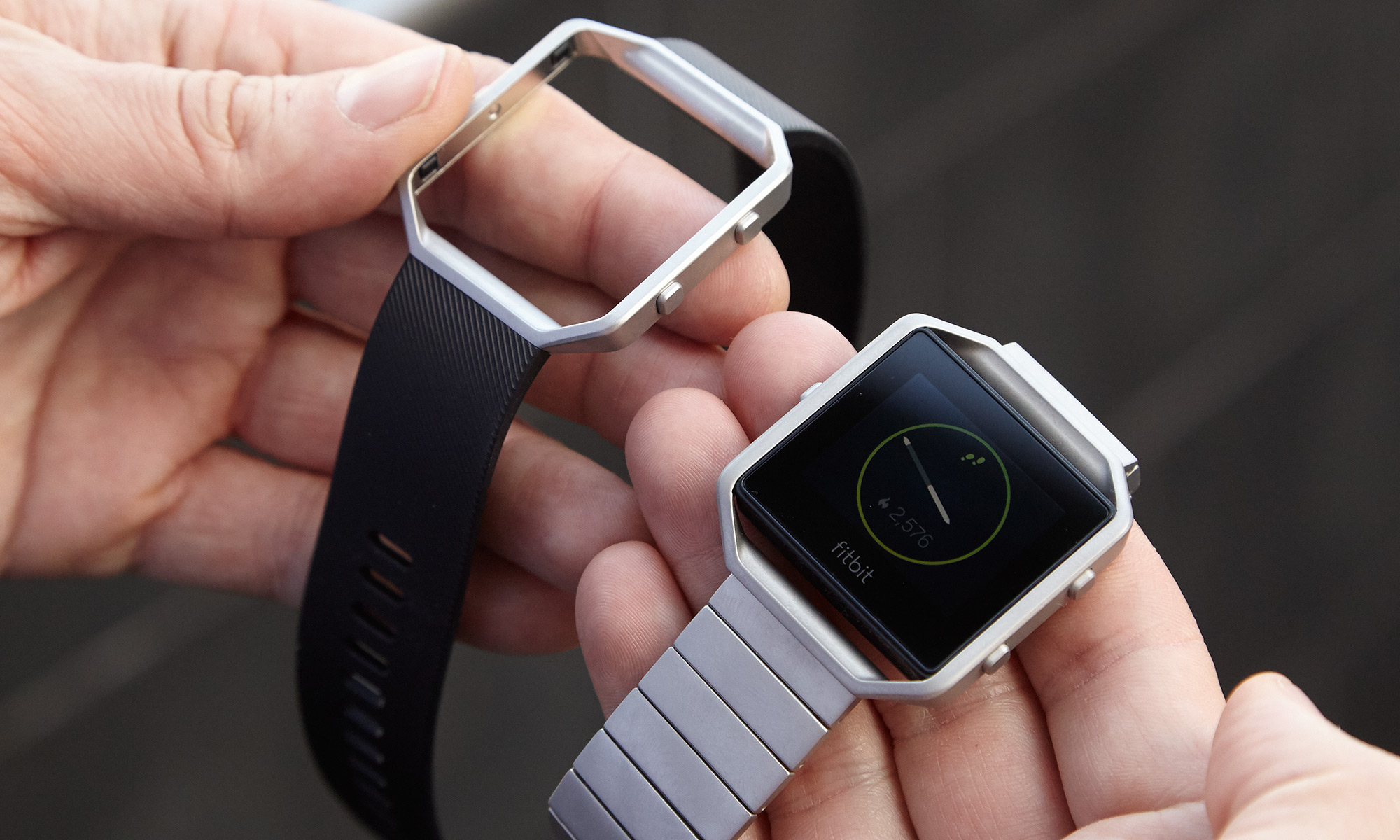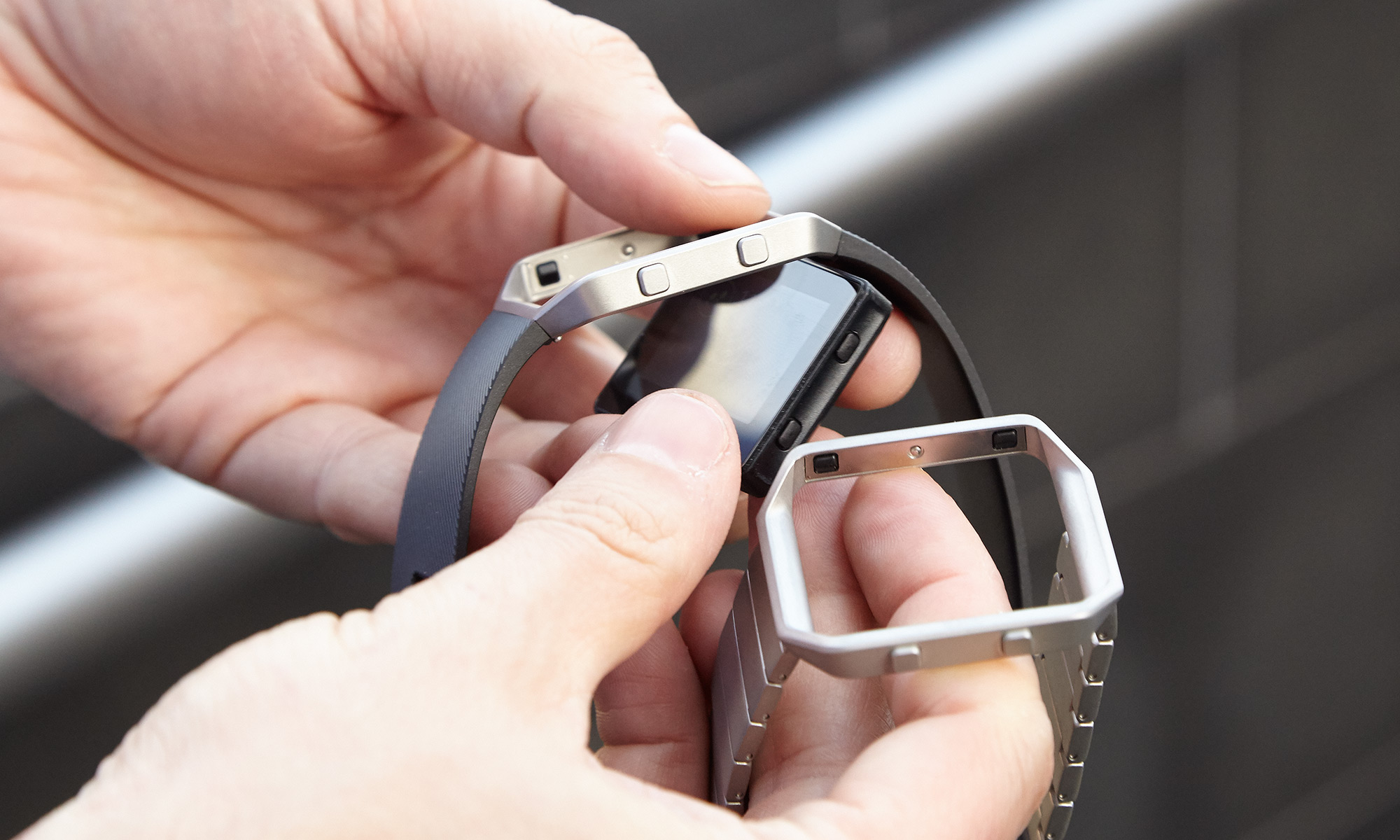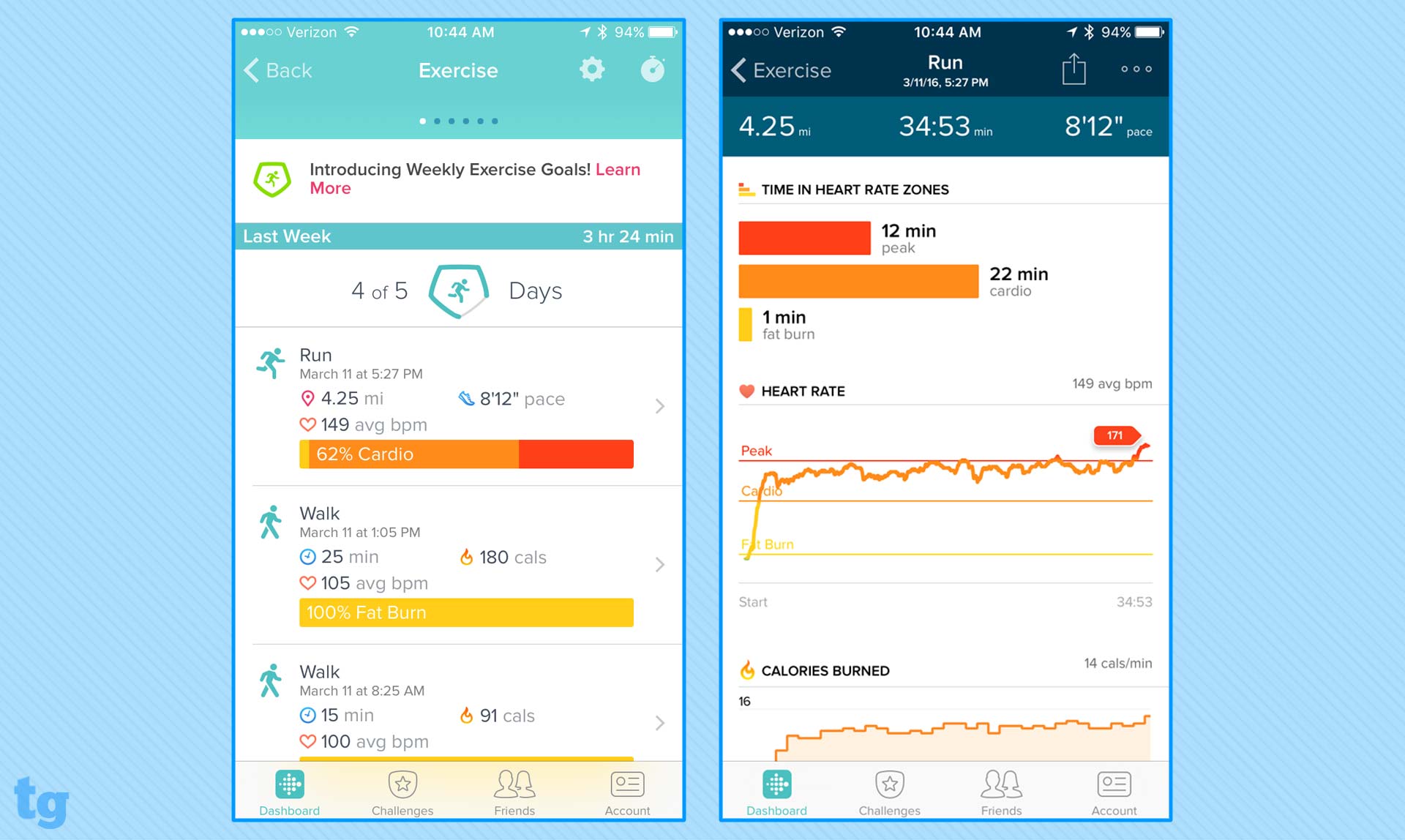Tom's Guide Verdict
The Fitbit Blaze's color display and guided workouts make it a big-screen alternative to the Charge 2 that's worth considering.
Pros
- +
Animated workouts on screen
- +
Replaceable band
- +
Good battery life
Cons
- -
Annoying charging cradle
- -
Display doesn't stay on
- -
Splash-proof but not waterproof
Why you can trust Tom's Guide
Fitbit has a problem. Once you've dominated a market, where do you go from there? Even before it launched the Blaze (and the $129 Alta), it already had six different fitness trackers, which captured more than 70 percent of all devices sold.
With the Blaze, Fitbit is trying to find consumers who work out a lot, but not so much that they'd want a true GPS watch — like the $249 Fitbit Surge. But while the Blaze's color touch screen and interchangeable bands make it a nice piece of hardware, it doesn't meet the needs of anyone not already served by all of Fitbit's other wearables.
Editor's Note (2/17/17): We have updated this review to reflect the fact that the Blaze is now $149, which is $50 less than its initial price. We have increased its rating to 7 from 6 as a result.
Design
To put it diplomatically, the Fitbit Blaze's design is polarizing. Some have called it downright ugly. There's no getting around the fact that it looks a bit like an Apple Watch imitator. The Blaze's large, square face definitely has a tech-y feel. However, Fitbit's watch is far less bulky than many smartwatches and fitness watches I've tested. While I don't think it's an award-winning design, it's not as hideous as some would make you think.

The main piece of the Blaze (which houses the screen and all the electronics) is made of black plastic. The top has a 1 x 0.75-inch color LCD surrounded by a black bezel about an eighth of an inch thick; the underside has an optical heart rate sensor.
The frame that holds this center section is aluminum. The center section of the Blaze pops out of its housing, so you can swap out the bands. Fitbit sent us a metal band, which makes the device look more like a traditional smartwatch, but adds significantly to its weight.







With the surrounding case, the Blaze is 1.5 x 1.75 inches, which makes it a bit too large for smaller wrists. While I have somewhat slender wrists, I didn't feel the Blaze was overly large.
I also like that the Blaze uses a traditional watchband and clasp; too often, fitness trackers have a clasp that's a pain to secure.
The Blaze's band comes in three different sizes (Small, Large and X-Large). It's merely splash-proof, so you should take it off before showering.
MORE: Best Fibit: Choose the Right Tracker Your Needs
Interface
The Blaze's color interface is made up of five screens: A clock face that shows your step and stair count, Today (which goes into details about the current day's stats), Exercise, FitStar, Timer, Alarms and Settings.
Swiping up from the Clock face shows you any missed notifications, which are limited to calendar events, text messages and calls. As with most fitness watches, you can only read these notifications on the Blaze; you'll have to pull out your phone to respond.
It's not an award-winning design, but it's not as hideous as some would have you believe.
Swiping down from the clock face lets you turn notifications on and off, and control music playback.
Using Fitbit's app, you can choose from four watch faces, all of which show the time, as well as an additional metric or two, such as heart rate, floors climbed and calories burned. None were terribly exciting; it would be great if Fitbit could adopt a system similar to Garmin's Connect IQ, which lets third-party developers create apps and watch faces for some of its devices.
MORE: Best Smartwatches of 2016
Unlike the $249 Fitbit Surge, the Blaze lacks built-in GPS, so if you want to track where you run or bike, you'll have to bring your phone with you. Otherwise, you'll have to rely on the Blaze's three-axis accelerometer, which wasn't nearly as accurate (see Performance).
FitStar
One of the features unique to the Blaze is FitStar exercises. Two came preloaded on the Blaze: 7 Minute Workout and 10 Minute Abs. I used the Abs workout for a few days, and liked that for each of the exercises (which included planks, bicycle kicks and mountain climbers), a little animated figure appeared on the screen showing the proper way to perform each set. I only wish there were a way to view these animations other than right before I started a set; I often wanted to go back and make sure I was performing the exercises correctly.

You can download additional workouts with a $39.99 annual subscription to FitStar; this also gives you personalized workouts on a tablet, PC or smartphone, as well as instructional videos. You also get guided coaching from Tony Gonzalez, the former all-star tight end for the Atlanta Falcons.
Performance
Annoyingly, the Blaze's screen can't be set to remain on indefinitely; it can either turn on when you raise your wrist, or when you press the button on its side. While it came on quickly in general, it still took a second longer than I liked, and my wrist movements had to be a little dramatic. For example, when I was doing the 10 Minute Abs workout, the watch would buzz to indicate that a particular exercise had ended, but I had to really move my wrist to see what was coming next.
The Blaze's distance and heart rate measurements were not accurate when I went running with it.
I also took the Blaze on a few runs. It was not accurate. A 4-mile run as measured by MapMyRun (using the GPS on my iPhone 6s) as well as the Garmin Forerunner 225 GPS watch, came out to 4.25 miles on the Blaze.

Over the course of the runs, the Blaze also underreported my average heart rate by about 10 beats per minute. A Polar H7 chest strap measured my average BPM as 158, where the Fitbit registered 149 bpm. On a second run, the Fitbit calculated my average as 152 bpm, where the Garmin (which I also found to be highly accurate), said it was 162 bpm.

The Blaze was reasonably accurate when tracking my sleep; it dutifully recorded the one night I got a good 7 hours in, and a second night when I was more restless, and woke up twice.
Accessories

In an effort to make the Blaze more stylish, Fitbit sells several different bands for the watch. The Classic Band, made of rubber, costs $29.95, and comes in black, blue or plum. A leather band costs $99, and comes in black, camel (tan) or grey. Last, the stainless steel band costs $129. Additionally, there are a number of third-party watch bands available online.
Battery Life
Fitbit says the Blaze will last for up to five days on a charge. I put the fully charged Blaze on my wrist on a Wednesday morning, and by Sunday, its battery registered as low. That's not bad, especially for a device with a color display. Most other fitness trackers in this price range last about a week.
In order to recharge the Blaze, you have to pop it out of the wristband, put it inside a charging cradle and snap the cradle closed. What a pain.
Bottom Line
Fitbit calls the Blaze a "smart fitness watch." But while I like the on-screen FitStar workouts, there's little much else to recommend the device. For the record, I don't think it's ugly, but its angular design will be off-putting for many. While smaller fitness trackers can be worn inconspicuously, the Blaze is simply too big for that. And, you're not getting enough significant smartwatchlike features in return. You can't respond to notifications, there are only a few watch faces from which to choose and there are no third-party apps. At its lower price of $149, though, it could be a good alternative to those who like the Fitbit Charge 2, but want a larger and more colorful screen.
If you want a smartwatch, get a smartwatch. If you want a fitness tracker, get a fitness tracker. The Fitbit Blaze tries to bridge the gap between the two, but doesn't quite get there.

Michael A. Prospero is the U.S. Editor-in-Chief for Tom’s Guide. He oversees all evergreen content and oversees the Homes, Smart Home, and Fitness/Wearables categories for the site. In his spare time, he also tests out the latest drones, electric scooters, and smart home gadgets, such as video doorbells. Before his tenure at Tom's Guide, he was the Reviews Editor for Laptop Magazine, a reporter at Fast Company, the Times of Trenton, and, many eons back, an intern at George magazine. He received his undergraduate degree from Boston College, where he worked on the campus newspaper The Heights, and then attended the Columbia University school of Journalism. When he’s not testing out the latest running watch, electric scooter, or skiing or training for a marathon, he’s probably using the latest sous vide machine, smoker, or pizza oven, to the delight — or chagrin — of his family.
